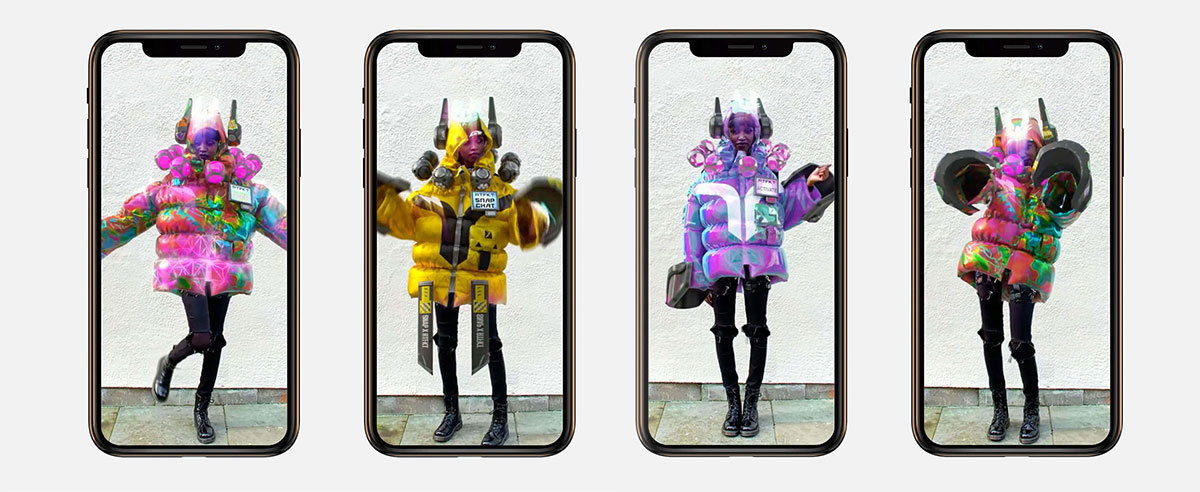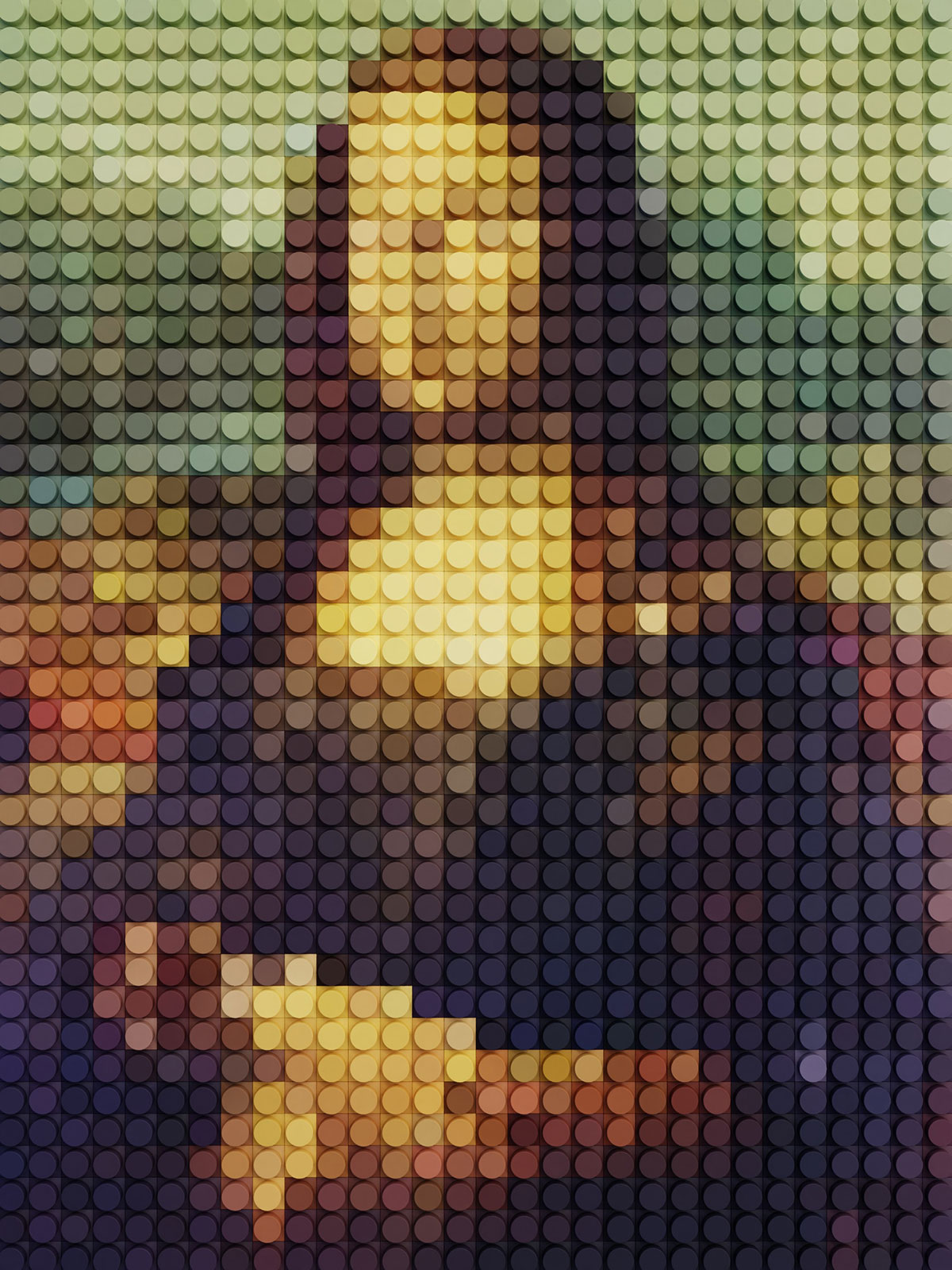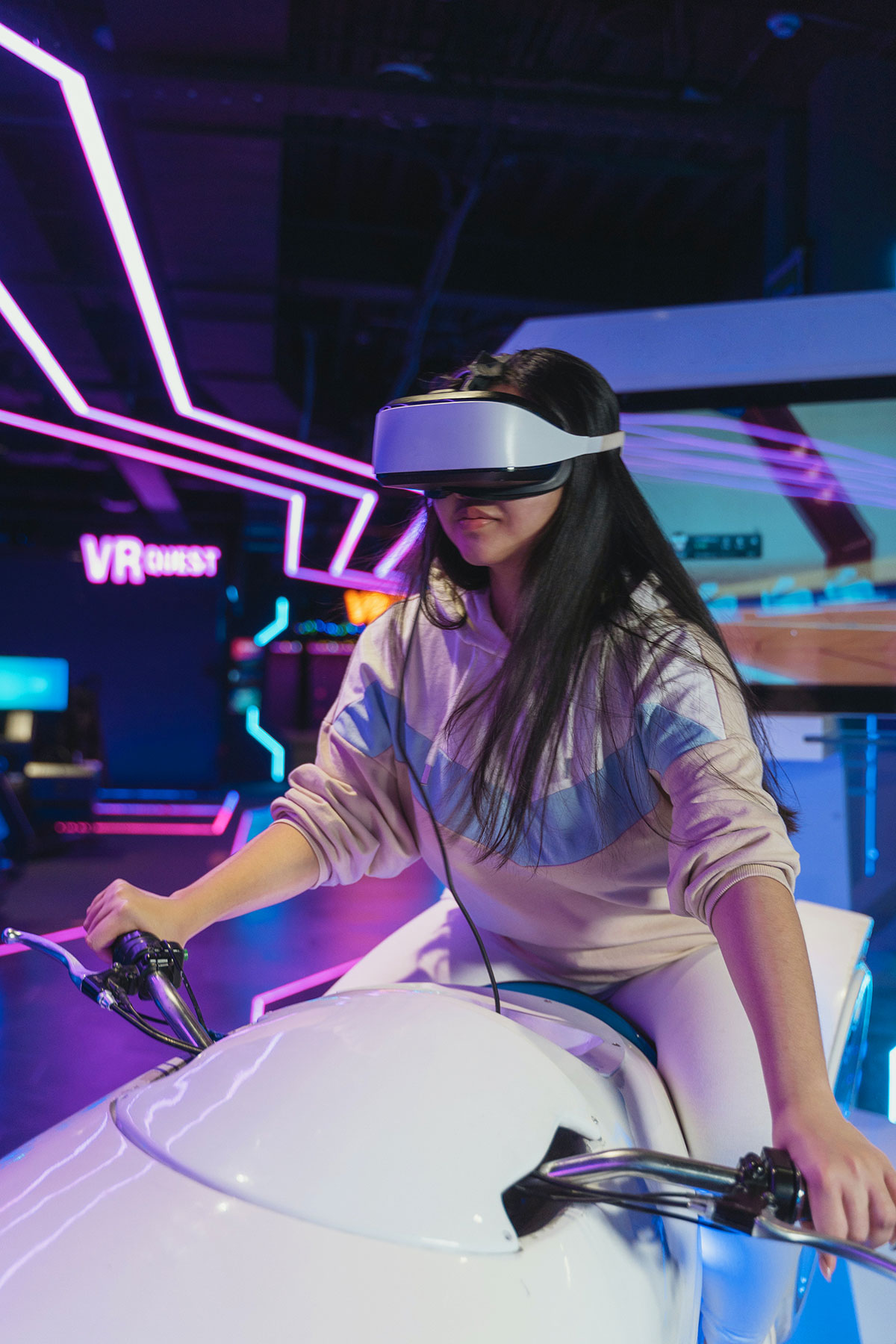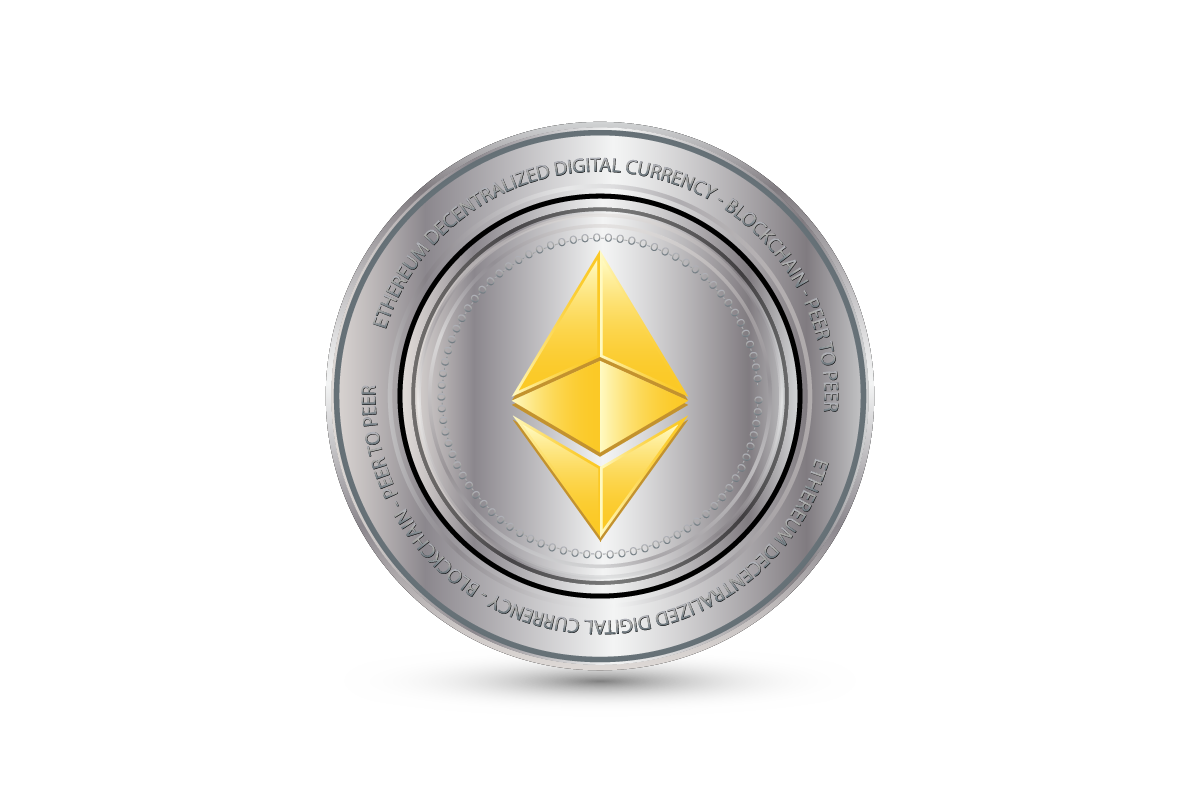Art also is part of the revolution of this incredible technology.
It is already possible to buy, swap or sell ownership of unique and certified digital works of art thanks to NFTs.
The owner can also decide to retain ownership but concede the use by continuing to receive a percentage on subsequent sales.
Defined by some as crypto art, it is all based on the sale of “art in bits” without involving physical and tangible matter.
Take the digital work by the artist, Mike Winkelmann for example which sold, in NFT format, for an impressive 69 million dollars. 69 million tangible dollars that can be spent in the real world.
So, NFTs create excellent opportunities for all artists, both big and small, who can now sell digital works, stemming from their creativity, in any part of the world and guarantee the uniqueness of the work.
The owner of an NFT cannot replicate or alter the object in any way, meaning that the copyright remains intact.





